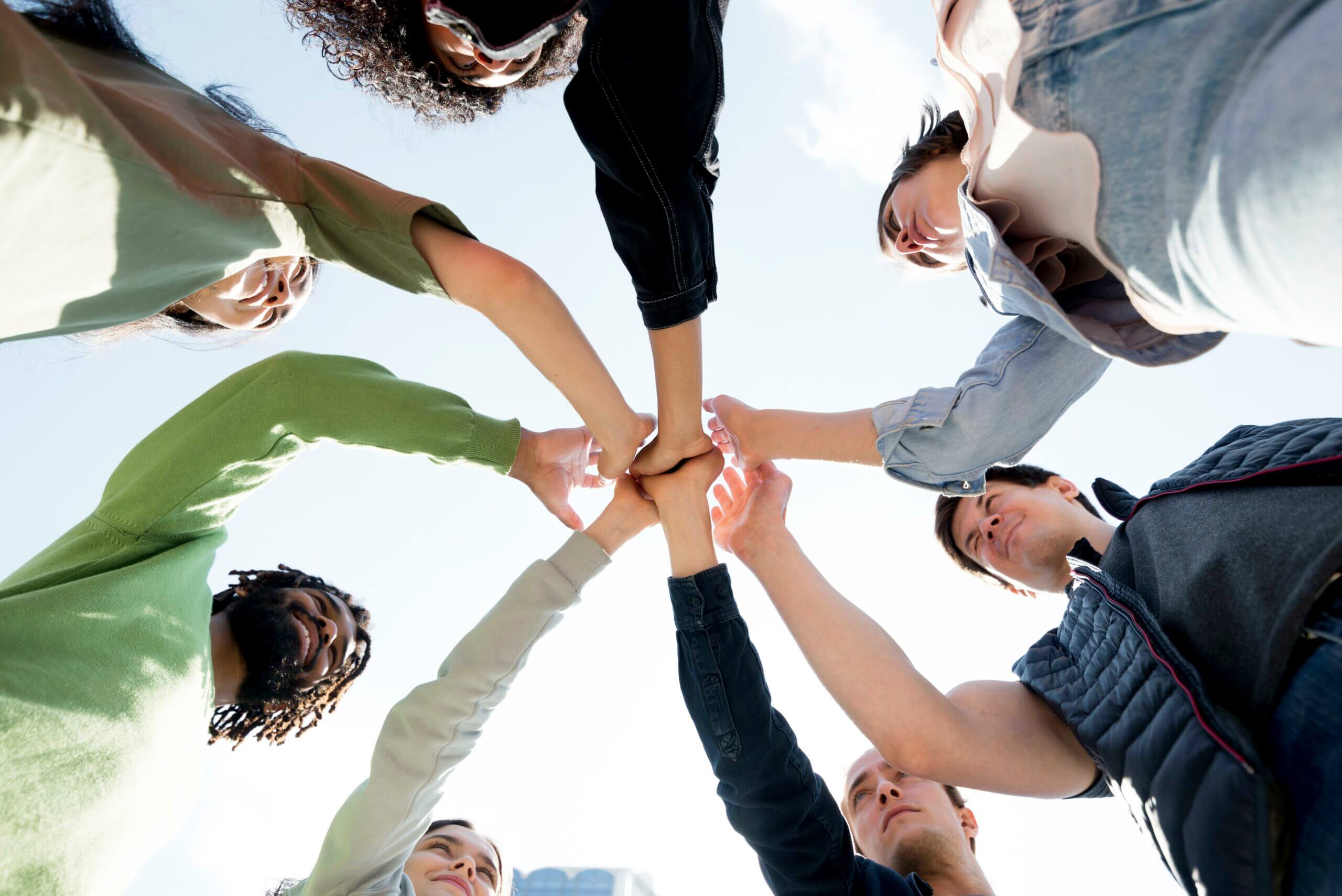Imagine you’re driving on the freeway. You’re maintaining the speed limit, abiding by all traffic laws, going about your typical morning commute. A flashy red sports car suddenly appears in your rearview mirror, tailgating inches from your bumper. After several seconds the car swerves to the other lane and immediately proceeds to bolt in front of your vehicle to cut you off before speeding away out of sight.
A primitive response to this situation would be anger, annoyance, and swift judgment. The abrupt behavior and type of vehicle may lead you to think to yourself, “Of course the egocentric, jerk doesn’t care about anyone else on the road.”
The act of stereotyping the driver off limited material information builds an instant emotional and psychological barrier that favors anger and judgment over curiosity and empathy. Perhaps the red sports car driver received the news that their mother is sick, maybe their wife is in labor, or maybe their child needs immediate attention. Knowing this information at the time of the incident would have likely led you to more patience, understanding, and acceptance of their behavior. Losing sight of what connects us as human beings makes it painfully easy to revert to harsh judgment rather than compassion, and this tendency is becoming increasingly consequential in our daily lives.
There is no denying that humans are genetically programmed to make snap judgments to trigger natural fight or flight instincts. Research from the University of York found that humans can form first impressions in a little as 33 to 100 milliseconds. While our predisposition to determine friend vs. foe remains critical in life-or-death scenarios, the tendency to instantly judge a person’s character based on a millisecond impression is an unfortunate side effect that humans must overcome to adequately address diversity and inclusion efforts. Whether that impression is formed by race, gender, political affiliation, or even hobby, the idea of creating “in” vs. “out” groups is something that psychologists have seen in children as young as 17 months old.
In the business world, unconscious biases can shape every facet of an organization. From hiring tendencies, promotion patterns, and even payment structures, unchecked biases can lead to unintentionally homogenous workforces that ultimately stifle innovation and originality. Teams with similar backgrounds and lifestyles inherently breed uniformity — a quality scantily preferred by businesses hoping to adapt and flourish in the long run. As Larry Dixon once said, “If two people were exactly alike, one of them would be unnecessary.”
Corporate diversity and inclusion efforts have become a hot ticket for combatting homogeny in the workplace. Businesses often pursue diversity in a clinical rather than personal way — focusing primarily on reaching racial and gender quotas to validate their progress opposed to embracing unique, independent thinkers. However, diversity efforts cannot solely focus on ticking off boxes and meeting quota goals. Rather, it must seek to provide an environment where unique points of view produce different questions, unlikely ideas, and productive problem-solving. This means setting aside initial biases and delving deeper into the reasons behind certain ideas and behaviors.
Inclusive discussions require respect, empathy, and a feeling of safety in vulnerable and potentially judgmental situations. To borrow an example from Tonie Snell, even if a company’s board is 20% women and 15% of their leadership is Latinx, those statistics are only substantial if every person feels comfortable enough to contribute their thoughts.
It takes a certain level of personal awareness to seek and understand others’ personal opinions and input successfully. It comes down to treating people like human beings rather than a running list of superficial attributes. How we ask for and respond to different opinions will determine how likely people will continue to be vulnerable and share their ideas.
In her TEDTalk, “Is it Enough to be Politically Correct,” Sally Kohn says that society’s need for political correctness has developed two common behaviors: filtered and insincere conversations or silence due to fear of offending others. Kohn says that rather than seeking political correctness, “what matters more is emotional correctness — the tone, the feeling, how we say what we say, the respect and compassion we show one another.” Approaching situations (particularly in cases of opposition or friction) with grace and empathy can tear down the emotional barriers that lead us to judge those that are initially perceived to be in our outgroup.
When it comes down to it, diversity is ever-evolving, and we must continuously strive to improve it. We must learn to question our initial judgments and lead conversations with open, inquisitive, and genuine intentions. No one is without fault, no one is without bias, and no one is above improvement. When we learn to overcome the “us vs. them” mentality, we begin to open the door to more meaningful relationships with our community.
To quote one of my personal heroes, Mr. Rogers, “As human beings, our job in life is to help people realize how rare and valuable each one of us really is, that each of us has something no one else has — or ever will have — something inside that is unique to all time. It’s our job to encourage each other to discover that uniqueness and to provide ways of developing its expression.”


